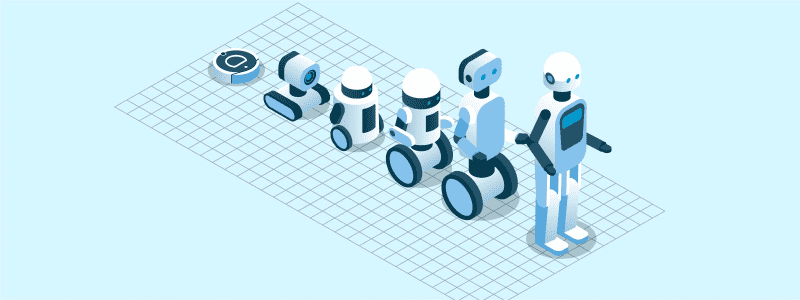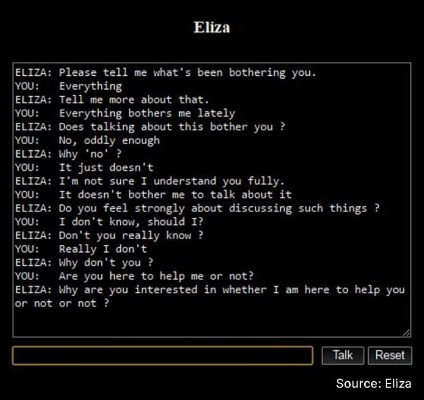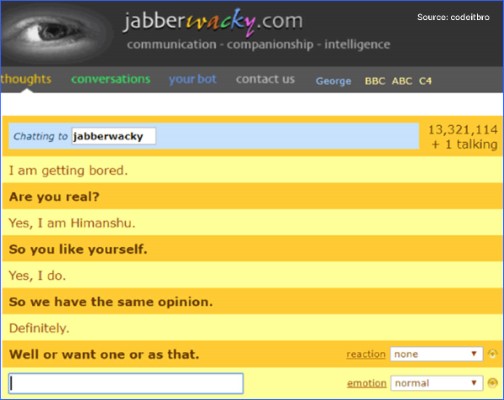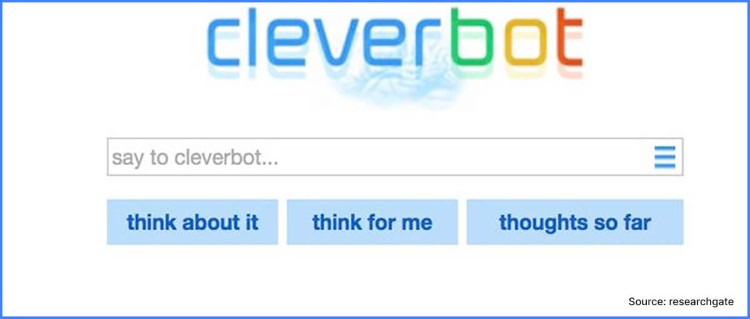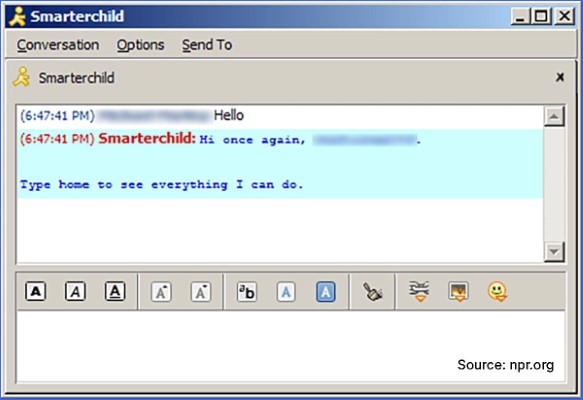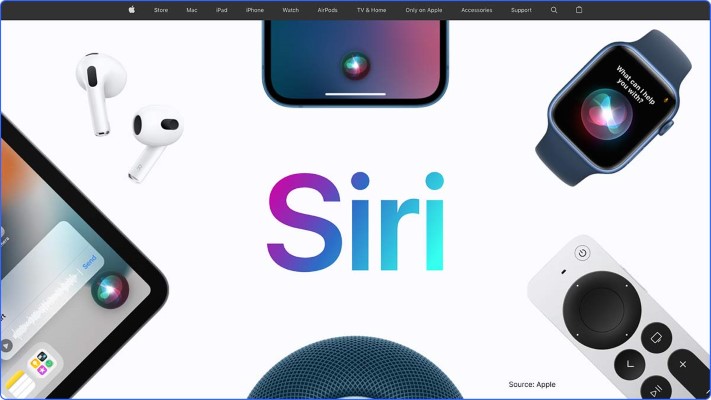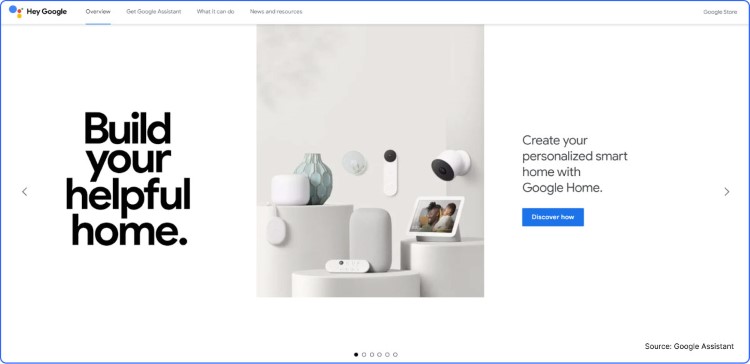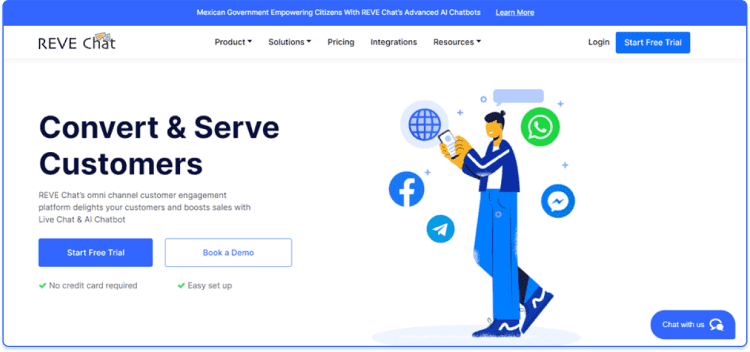Chatbots have finally arrived, and they’re here to stay. At a time when many businesses are struggling with sales, customer service has become a critical success factor in the digital world.
Chatbots are the perfect solution for businesses that want to improve their customer experience without losing money on expensive phone centers or hiring new employees.
And while it’s still early days for chatbots in the enterprise, they’re already proving their worth—as evidenced by Microsoft’s recent $200 million investment into the technology.
Chatbots have been around for a long time, but they’re still new to most people. In this article, you will learn chatbot history and how they are developed over time.
A Brief History of Chatbots
Chatbots are the new kid on the block, but they’ve been around for a while. In fact, the first chatbot was created in 1966 by Joseph Weizenbaum at MIT.
Since then, technology has come a long way and today we have many different types of chatbots that can perform specific tasks for us in different ways: from ordering flowers from Amazon to scheduling meetings with colleagues at work via Slack or Google Hangouts on Air.
As we move towards an increasingly connected world where everything is virtualized (including our daily interactions), it makes sense that people would want more access to instant information through text-based interfaces rather than using voice calls or video chats—and these new tools offer just that!
Chatbots have a long history which we can learn from. Now let’s take a look at the chatbot revolution from time to time.
1. ELIZA.
ELIZA was created by Joseph Weizenbaum in 1966. It was a simple chatbot that could respond to user input and even pass the Turing test, which determines whether or not a machine can emulate human conversations.
However, ELIZA was shut down after it was revealed that there were several bugs in its programming and it would often ask questions that had no logical answer (i.e., “Where do you live?”).
2. ALICE.
ALICE, or Automatic Linguistic Internet Computer Examiner, was the first chatbot to pass the Turing Test. It was developed by Joseph Weintraub and David Smith in 1995. The goal of ALICE was to interact with people online by pretending to be human.
If a person could not tell whether they were talking with an AI or another human being, then it would be judged as having passed the Turing Test.
The name “ALICE” is taken from Alice in Wonderland because this bot resembled her appearance and style of speaking when she was talking on behalf of herself in one particular encounter with another user (who later became famous for being interviewed by Stephen Hawking).
3. Jabberwacky.
Jabberwacky is a chatterbot developed by Carnegie Mellon University. It was the first chatterbot to be open source. The program was an instant hit with the public; it became so popular that it had its own website and even starred in a movie called Jabberwacky: The Movie!
A lot of people were excited about this new technology because it allowed them to talk directly with machines instead of having conversations through text-based messages or emails.
This bot was first created in 2000—but it didn’t become popular until 2001 when it became part of an episode of The Simpsons entitled “The Computer Wore Menace Shoes.”
This made it easier for users who didn’t know how to code or had no programming experience at all.
4. Cleverbot.
Cleverbot is a chatterbot created in 2006 by Rollo Carpenter. It has been used for research purposes, entertainment purposes, and advertising purposes.
The robot is a chatbot that can be used for research and entertainment purposes. It has been used extensively for research in the fields of psychology, artificial intelligence, and human-computer interaction.
The software also has a website where you can interact with it.
5. SmarterChild.
SmarterChild was a chatbot created by AOL in 2001. It was the first chatbot to use speech recognition and the first to use artificial intelligence. It was also one of the most popular bots on that platform; SmarterChild had over 2 million users at its peak, making it one of AOL’s highest-grossing products ever.
The reason for this popularity wasn’t just because of its ability to converse with users—it also had some other tricks up its sleeve that made it stand out from other bots (or even human helpers).
For example, SmarterChild could find answers based on what people said rather than just guessing at them as many other programs did back then!
6. Siri.
Siri was first released in 2011 and is the first of its kind. It’s a virtual assistant that could answer questions, set reminders, and more.
The program was developed by SRI International (now named SRI International Research) as part of DARPA’s Grand Challenge II to develop a self-driving car system that would be able to navigate obstacles on highways in real-time.
In 2012, Apple purchased Siri for $140 million from Naramore Ventures LLC—the original creators of Siri—but then sold it back again two years later for $164 million due to concerns about how much money they would make from it.
7. Cortana.
Cortana is an intelligent personal assistant created by Microsoft. It was first released in 2014 as part of Windows Phone 8.1, and then later made available on other platforms such as Android and iOS.
The name “Cortana” comes from the video game series Halo, where it’s a character who helps the player through most of their missions—and also happens to be voiced by Jen Taylor (who also does the voice for Commander Shepard in the Mass Effect games).
As mentioned above, Cortana can be found on several different devices: Windows 10 PCs running Windows RT/8; Xbox One consoles; Android smartphones running Lollipop or higher versions of Android OSes (5-7); as well as select Samsung TVs using SmartThings Hub integrations.
8. Google Assistant.
It is a virtual assistant developed by Google. It can be used on devices running Android 6.0 Marshmallow or higher, and it’s integrated into the Google Home speaker and other products from the company.
Google Assistant is designed to provide answers to specific questions—for example, it will tell you about the weather in your city (with an optional follow-up question for more details).
If you’re looking for something specific, like directions from one place to another, then this may not be what you’re looking for from an AI chatbot/service provider.
9. REVE Chat.
REVE Chat is an omnichannel customer engagement platform. It’s a conversational interface that allows you to chat with your customers right from the bot, no matter where they are or what device they’re using.
This AI-powered chatbot is designed to deliver the best customer service experience. It comes with lots of effective features that make it a reliable and effective chatbot. If you want to increase customer satisfaction by delivering real-time support then this is what you really need to boost your business.
You can also use REVE Chat as an alternative to traditional phone calls and emails in order to improve customer satisfaction while reducing costs.
Benefits of Chatbots
Chatbots are easy to use. They can be used by people with limited computer skills, who speak different languages, and who have disabilities that make it difficult to use a keyboard.
Chatbots are also easy to install on your website or app. You don’t need any coding knowledge or technical knowledge—just add the code to your app or website and you’re good to go!
Natural Language Processing (NLP)
Natural language processing (NLP) is the ability to understand human language. It’s a subset of artificial intelligence (AI), which refers to any system that uses software or algorithms to perform tasks normally associated with hand humans, such as reading and interpreting the written text, understanding speech, and responding accordingly.
The most basic form of NLP involves “understanding” what you say—that is, being able to process natural language without relying on any pre-programmed knowledge about what words mean in context.
In chatbots, this means listening for keywords like “I want pizza” or “make me a coffee” before responding appropriately; this type of AI can also be used for voice recognition technology that allows users to speak commands into their smartphones instead of typing them an out by hand with a keyboard button press every time they want something done!
Chatbot Limitations
Chatbots are not a substitute for human interaction. They cannot perform complex tasks, understand language or context, or have much personality at all.
Chatbots are also limited in their ability to use natural language processing (NLP). This means that they can’t understand what you’re saying in the way that humans do—for example, if you ask a chatbot “How tall is my son?” It won’t know that “son” refers to your real-life child and instead respond with something like “Hello there! Your son is four feet tall.”
Conclusion
We can all agree that chatbots are here to stay. The benefits of using them are clear, from improved customer experience to revenue generation opportunities.
Many companies have already been successful in adopting this technology, but there is still plenty of room for growth if you want to get ahead of the competition or just help your business improve efficiency and productivity levels in some way.
What did you learn from the chatbot history and how it will change the way of customer communication in the future?
